Peace River region introduced to ‘Water-Centric Planning’
Canada Mortgage & Housing Corporation (CMHC) organized and the City of Dawson hosted a workshop on sustainable development that was attended by over 30 people. Participants included a contingent from the City of Dawson Creek plus representatives from the Town of Fort St. John, Village of Chetwynd, Village of Pouce Coupe, Peace River Regional District, Peace River School District and the Ministry of Transportation. For the complete story, please click here.
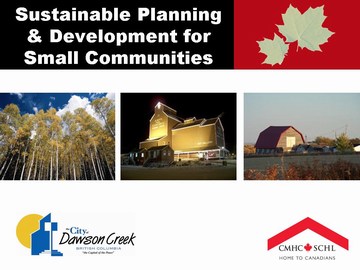
THE WORKSHOP AUDIENCE: “The audience was diverse and represented a broad cross-section of the region,” observed Lance Jakubec of CMHC, “We had elected officials from the four municipalities. In addition, we had municipal staff and community representatives 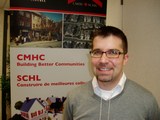 such as the Dawson Creek Senior Citizens Association, Dawson Creek Chamber of Commerce, Northeast Environmental Action Team, and Dawson Creek Beautification Committee.” Jakubec was the leader of a 4-person presentation team that also comprised Allan Dobie (an architect with CMHC), Luc Delestrade (Lighthouse Sustainable Building Centre) and Kim Stephens (Program Coordinator, Water Sustainability Action Plan for British Columbia).
such as the Dawson Creek Senior Citizens Association, Dawson Creek Chamber of Commerce, Northeast Environmental Action Team, and Dawson Creek Beautification Committee.” Jakubec was the leader of a 4-person presentation team that also comprised Allan Dobie (an architect with CMHC), Luc Delestrade (Lighthouse Sustainable Building Centre) and Kim Stephens (Program Coordinator, Water Sustainability Action Plan for British Columbia).

The Water Sustainabiliity Action Plan
 The presentation by Kim Stephens was titled Water – Choosing Sustainability for Life and Livelihoods: An Introduction to the Water Sustainability Action Plan for British Columbia. The Water Sustainability Committee of the BC Water & Waste Association is providing the leadership, facilitation and organizational services necessary for succesful program delivery of the Action Plan. For more on this part of the story, please click here.
The presentation by Kim Stephens was titled Water – Choosing Sustainability for Life and Livelihoods: An Introduction to the Water Sustainability Action Plan for British Columbia. The Water Sustainability Committee of the BC Water & Waste Association is providing the leadership, facilitation and organizational services necessary for succesful program delivery of the Action Plan. For more on this part of the story, please click here.
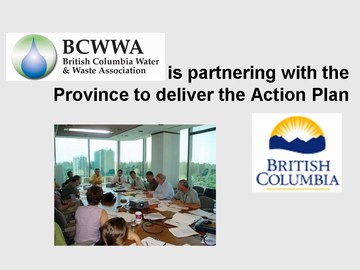
“The Action Plan represents the integration of policy, science and applied science, technical, education and ouitreach,” notes Stephens, “My contacts in other regions tell me that they are not aware of any other jurisdiction that is implementing anything comparable to what we are doing in British Columbia through Convening for Action pilot programs in three regions. Our focus is very much on-the-ground and we recognize that local government is the key player in changing the way we develop land and use water.” The Action Plan provides a partnership umbrella for ab array of initiativesthat promote a 'water-centric' approach to community planning.
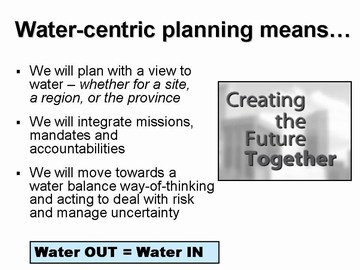
WATER-CENTRIC PLANNING: A water-centric approach puts water stewardship and sustainability front and centre on the agenda of comprehensive land use, development, or resource planning initiatives. Water-centric planning considers the amount of water available, the amount of water needed, innovative efficiency strategies, the quality of water leaving an area, how rain and snow water are managed, and the impact on the natural environment. According to Kim Stephens, “The Water Sustainability Committee introduced the term water-centric to capture people's attention, and in so doing begin to break down the silos that divide land management and water management. The two are directly connected, yet for too long they have been managed in isolation of each other.”
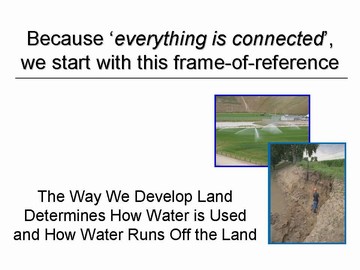
Under the Action Plan umbrella, the Water Sustainability Committee is also the managing partner for partnerhsip initiatives that are advancing water stewardship in three regions of the province. Furthermore, the work of the Committee aligns with the Ministry of Environment Water Stewardship Division's direction on partnerships (for water sustainability) , and building capacity through outreach and continuing education programs.

Posted December 2006

